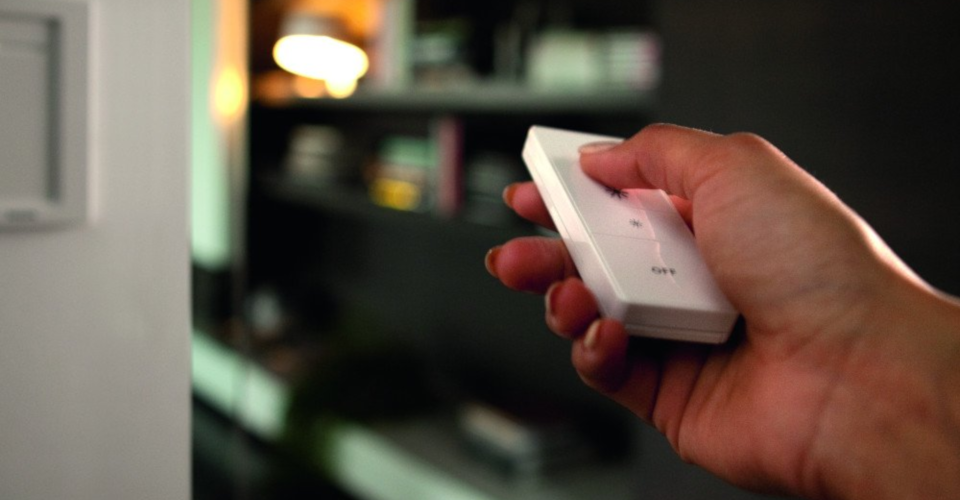6 Best Philips Hue Accessories
The robots have taken over our homes – and that’s not a bad thing! In an age where tech manufacturers seek to automate everything, they have been pretty successful in coming up with smart homes. From thermostats and lights to security systems, there is now a whole range of smart home solutions for the tech-savvy homeowner.
In the field of smart lighting, Philips Hue sits at the proverbial top of the hill. The Philips Hue line has some of the best-looking and most responsive smart lighting products available in the market today. Philips has also created a whole ecosystem of products to support the Philips Hue line, which contributes to creating value for the brand. Check out some of the best accessories that you can get for your Philips Hue smart lightbulbs.
1. Philips Hue Bridge
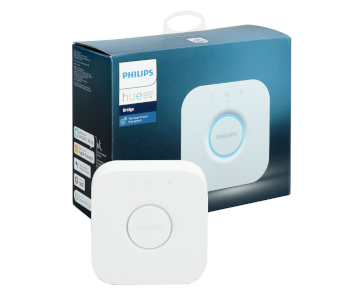
The “brain” behind the Philips Hue smart lighting system, the Philips Hue Bridge is the central hub that communicates to each individual lightbulb and lamp through the Zigbee protocol. The hub is then connected to your local Wi-Fi network, allowing for wireless control of the smart lights through the Philips Hue mobile app.
The Hue Bridge hub is an essential accessory for unlocking the full potential of the Philips Hue smart lights. Up to 50 lights can be connected to a single hub. Through the mobile app, the brightness and warmth of the smart lights can be adjusted and saved as “scenes” which can bea called up at a moment’s notice. The lights can also be programmed to turn on or off or revert to pre-defined settings according to a schedule.
Lastly, the Hue Bridge is a necessary accessory for connecting your smart lighting system to virtual assistants like Alexa, Apple HomeKit, or Google Assistant. If you’ve always wanted to turn on your lights using just a voice command, then this Hue Bridge is going to give you the full experience.
Most people buy the Philips Hue Bridge as part of a starter kit that includes several smart lightbulbs. However, you can also buy the Hue Bridge separately if you missed it the first time or want to extend your smart lighting system.
2. Echo Smart Speaker
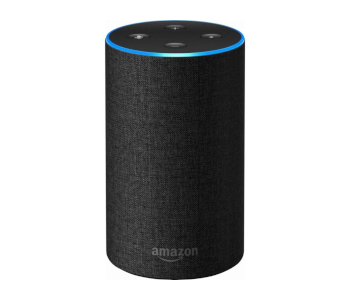
The Philips Hue smart lighting system is compatible with all of the popular smart home platforms, so you really can just take your pick between Alexa, Google Home, or Apple Home. For this list, we’re going for Alexa through the 2nd generation Echo Smart Speaker.
You will need a Hue Bridge hub and an active Wi-Fi network to make this work, but having an Echo Smart Speaker around the house allows you to control your smart lights using voice commands. If that doesn’t sound like something you can only do in the home of the future, then we don’t know what will.
Of course, the Echo isn’t just for controlling your lights. It’s a fully Alexa-enabled device that can be controlled fully by voice commands to play music, set appointments, send emails, calls your friends, or give directions. With seven microphones and beamforming technology, the Echo can hear you even from across the room.
Although the Echo has evolved way past just being a simple speaker, it is still a speaker at the most fundamental level. This means that Amazon has designed the 2nd generation Echo with Dolby processing for enhanced immersion and a downward-firing woofer and tweeter that produce dynamic bass and clean vocals. If you other Echo-compatible devices in your home such as speakers, a smart thermostat, or a smart TV, Alexa can serve as the central hub so you won’t need to mess around with the devices individually.
3. Philips Hue Tap
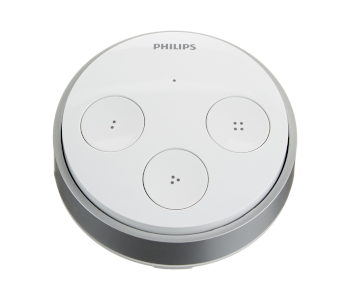
Controlling your lights using your phone sounds like a good idea on paper, but we can imagine how some people would still want a physical switch that anyone in the house can use. Enter the Hue Tap, a wireless remote for the Philips Hue smart lights that can be mounted on any surface.
The Hue Tap isn’t just a standard switch. It can be programmed to recall up to four pre-defined scenes for your smart lighting system with the touch of a button. Best of all, the Hue Tap does not need a power source. Instead, it uses the kinetic energy of a single tap of a button to send a weak Zigbee signal to the Hue Bridge hub. This feature alone makes the Hue Tap the most innovative light switch we’ve ever seen.
Up to 25 Tap switches can be connected to a single Hue Bridge, allowing you to create a more traditional light control system. Classic with a touch of futuristic, the Hue Tap is one of our most favorite accessories from the Philips Hue line.
4. Philips Hue Outdoor Sensor
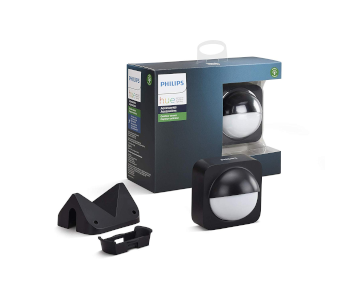
Perhaps even more useful than the Indoor Motion Sensor, the Outdoor Sensor was designed to withstand more rugged conditions. With this motion sensor, you can set your outdoor lights to open as soon as it senses someone moving around in your front yard. When you come in at the end of the day, the extra lights could be the difference between getting in as soon as possible or spending a few precious seconds fumbling around for your keys. If a stranger approaches your house, the outdoor lights (and indoor lights) can also turn on and be an effective deterrent for more malicious intents.
The Hue Outdoor Sensor is so inconspicuous that it’s practically invisible in the darkness. It’s small, easy to install, and has a large view angle for increased coverage. It has been designed for an IP54 rating, which means that it can resist splashes of water, heavy rains, and dust without problems.
5. Philips Hue Indoor Motion Sensor
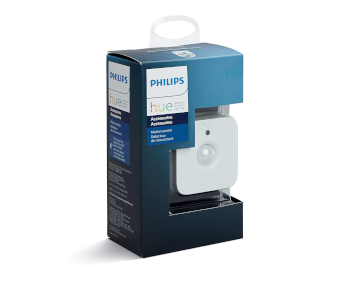
The modular Hue Indoor Motion Sensor can be mounted on a wall using screws or freely position for maximum detection. The motion sensor can be programmed to automatically turn on the lights in a room when someone walks in and to turn off when there has been no movement for several minutes. It can also be programmed according to the time of day, allowing it to use only very dim light at night, so you don’t get startled out of your stupor.
The thing about the Hue Indoor Motion Sensor is that it detects more than just motion. It can be positioned beside a window so that it can automatically regulate the brightness of indoor lights based on daylight levels. All the commands that the Indoor Motion Sensor makes are sent to the Hue Bridge hub via Zigbee signals.
For a truly smart home experience, you need to get the Indoor Motion Sensor. While it’s not a strictly necessary accessory, it’s the final piece of the puzzle if you want indoor lights that can react to your presence, to daylight, and to the time of day.
6. Philips Hue Smart Dimmer Switch with Remote
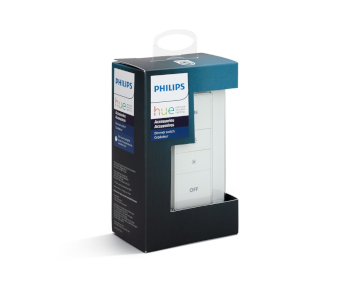
Like the Hue Tap, the Hue Smart Dimmer Switch gives your smart lighting system a more traditional control method. As the name implies, the Dimmer Switch can be used to adjust the brightness of your Philips Hue smart lights. This can only be used if you have lightbulbs or lamps coming from the White Ambiance or White and Color Ambiance lines. The Smart Dimmer Switch is battery-powered, though, so you’ll need to recharge it periodically.
With no wires, installing the Smart Dimmer Switch on any wall in your home is a breeze. The base plate comes with a magnetic connection, allowing the Dimmer Switch to be removed and used a standard remote control for any light. The Smart Simmer Switch can be connected to up to ten Philips Hue lights simultaneously. It can also be programmed with up to four different scenes. Best of all, these features are available to the Dimmer Switch even if you don’t have a Hue Bridge central hub.
The Smart Dimmer Switch can be purchased separately to augment your existing smart lighting system. It can also be purchased as part of a starter kit if you’re looking to build a more basic small lighting platform for your home. Since it doesn’t require a hub, the Smart Dimmer Switch can centrally control all the smart lights in your home as long as you limit it to only ten devices.
Final thoughts
Although there’s already a long list of Philips Hue smart lightbulbs, lamps, outdoor lights, and lightstrips, Philips has gone the extra mile and designed a couple of equally well-designed accessories to go with their lighting products. Some of them are less necessary than others – the Indoor Motion Sensor is probably something you would want to leave for last – there is no doubt that each one of these accessories enhance the experience of having a smart lighting platform.
We’ve been consistently impressed with the level of quality and innovation that has gone into the Philips Hue line of smart lights. There may be worthy alternatives, but no brand comes close to the level of versatility and quality of live improvement that Philips Hue offers. With the right set of accessories, you can elevate this experience even further. Robots taking over our homes doesn’t sound so bad after all if they can help us control our lights with just our phones or simple voice commands.

